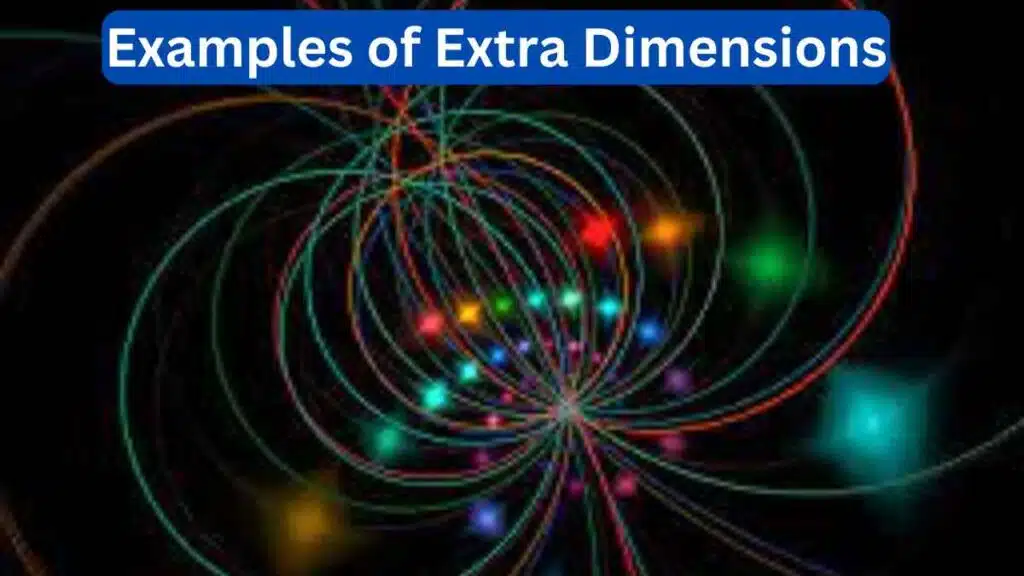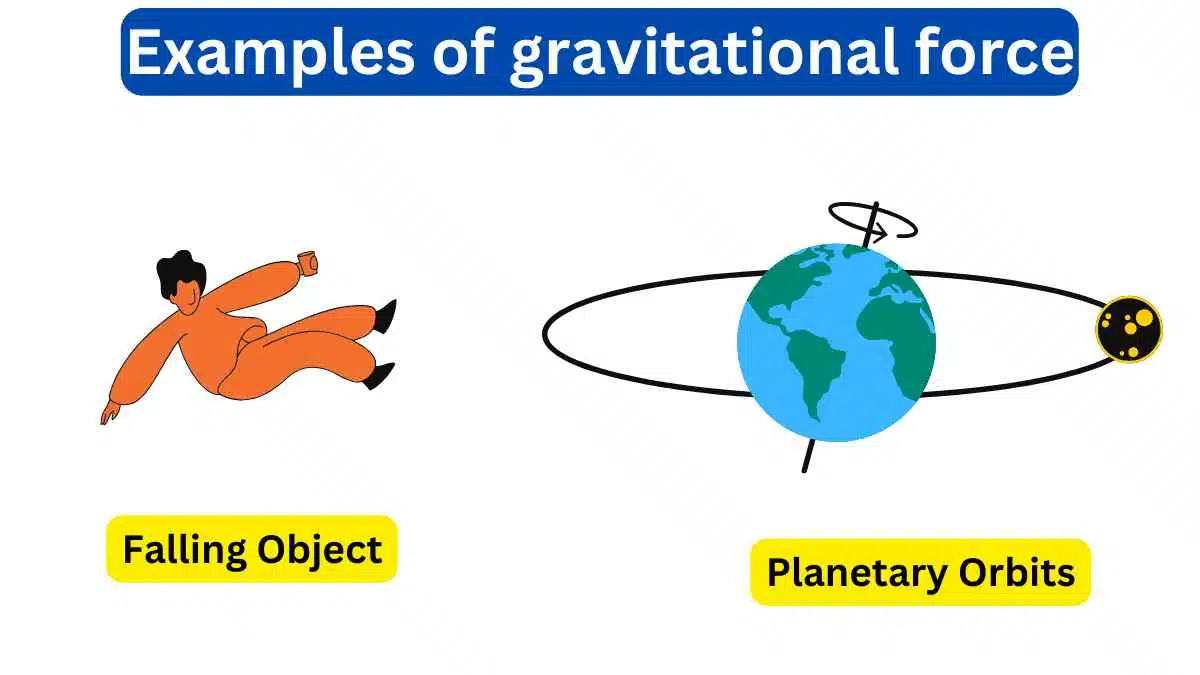10 Examples of Extra Dimensions
The concept of extra dimensions beyond the familiar three spatial dimensions (length, width, height) is a fascinating topic in theoretical physics and cosmology. While these extra dimensions are not directly observable at our macroscopic scale, they are integral to various theories. Examples of extra dimensions include string theory and Kaluza-Klein Theory.
Examples of Extra Dimensions
Here are ten examples of extra dimensions in physics and cosmology.

1. String Theory
String theory a theoretical framework in physics, postulates the existence of extra dimensions—typically six or seven additional spatial dimensions. These dimensions are compactified or curled up at very small scales, making them unobservable in everyday life.
2. Kaluza-Klein Theory
Kaluza-Klein’s theory is an early attempt to unify gravity and electromagnetism by introducing an extra spatial dimension. This extra dimension plays a role in unifying the forces, and the theory paved the way for modern higher-dimensional theories like string theory.
3. Brane World Scenarios
In brane world scenarios, our universe is a four-dimensional “brane” embedded in a higher-dimensional space. The extra dimensions can influence the behavior of particles and forces, potentially explaining some mysteries of particle physics and cosmology.
4. Randall-Sundrum Models
Randall-Sundrum models propose that extra dimensions affect the strength of gravity. They introduce warped extra dimensions, where gravity is stronger in some regions and weaker in others, offering an explanation for the hierarchy problem in particle physics.
5. Compactification
Extra dimensions can be compactified, meaning they are rolled up into tiny, unobservable spaces. These compact dimensions are essential in theories like string theory to reconcile quantum mechanics and gravity.
6. Cosmic Inflation
In some cosmological models, the early universe underwent a period of rapid expansion called cosmic inflation. The dynamics of inflation may involve extra dimensions that drove the expansion, leading to the large-scale structure of the universe we observe today.
7. Extra Dimensions and Dark Matter
The presence of extra dimensions has been proposed as a possible explanation for dark matter, an elusive form of matter that does not emit light or interact strongly with normal matter. Extra dimensions could house dark matter particles.
8. Large Extra Dimensions
Some theories suggest that extra dimensions could be much larger than initially thought, possibly even macroscopic in size. These large extra dimensions might lead to observable effects in particle physics experiments.
9. Extra Dimensions in Astrophysics
Extra dimensions can have implications for astrophysical phenomena. For example, they could influence the behavior of gravitational waves or the properties of neutron stars.
10. Experimental Searches
Physicists are actively conducting experiments to search for evidence of extra dimensions. High-energy particle colliders like the Large Hadron Collider (LHC) are used to explore the possibility of extra dimensions and their effects on particle interactions.
These examples demonstrate the diverse ways in which extra dimensions are considered and explored within the realm of theoretical physics and cosmology. While they remain largely theoretical and unobservable at present, extra dimensions are integral to our understanding of fundamental forces, particle interactions, and the structure of the universe.







Leave a Reply